- Dozent/in: Teunis Marius van de Griend
campUAS
Suchergebnisse: 5978

- Dozent/in: Clara Horn
- Dozent/in: Thomas Lehmann
- Dozent/in: Florian Mähl
- Dozent/in: Rick Marsidi
- Dozent/in: Hans Jürgen Schmitz
- Dozent/in: Carolin Seegmüller
- Dozent/in: Tatjana Vautz
- Dozent/in: Kim Yauschew
- Dozent/in: Andreas Zahn
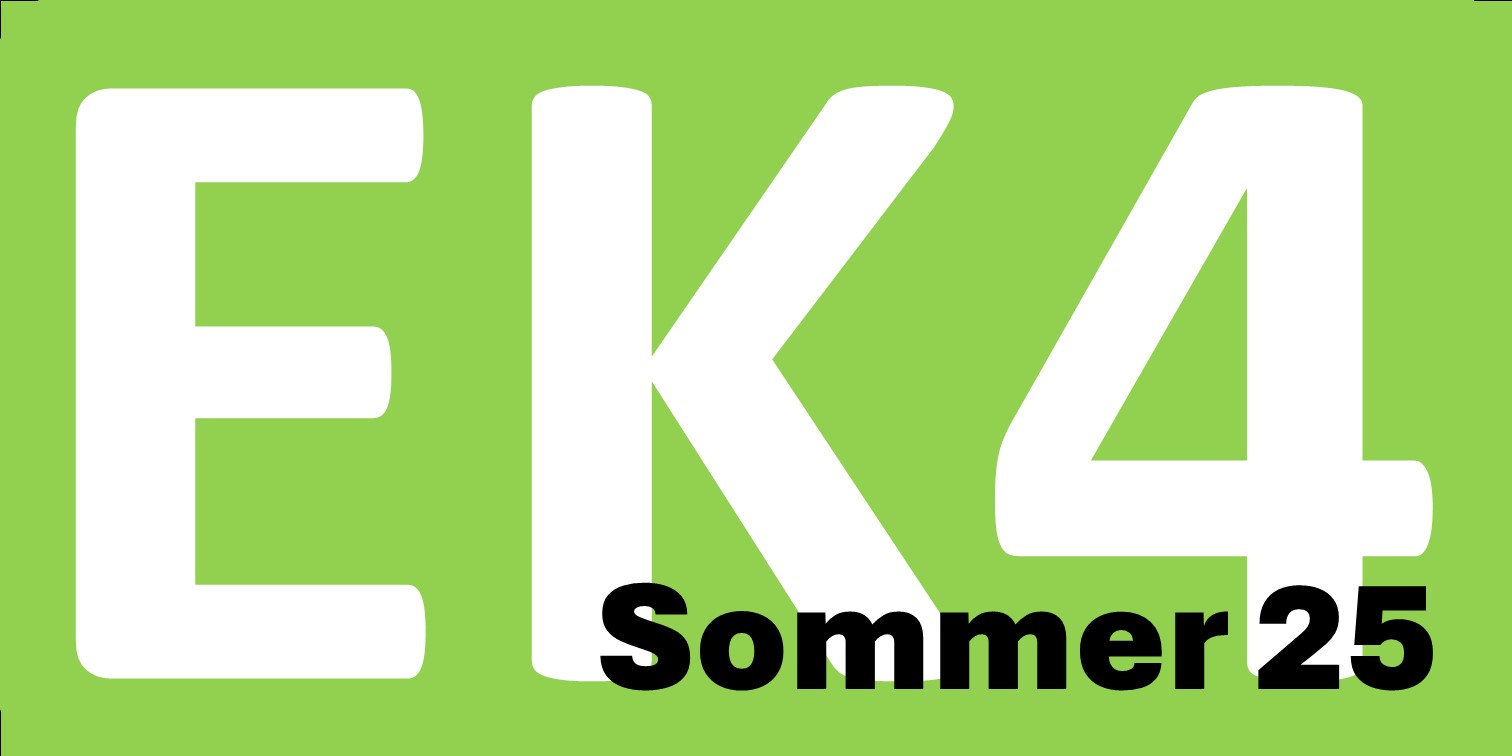
Bachelor Architektur 4. Semester
- Dozent/in: Thomas Lehmann
- Dozent/in: Florian Mähl
- Dozent/in: Hans Jürgen Schmitz
- Dozent/in: Carolin Seegmüller
- Dozent/in: Tatjana Vautz

Dear students
Interested in an excursion ?
Tuesday
21.03.23
14:00 - 16:00
Zurich ETH
I have booked a curator's tour for interested students - from all our study programmes.
Udo Thönnissen will be sharing a lot of background knowledge with us.
please register here in the course until next Monday 06.03.23 if you would like to come to Zurich.
The number of places is limited.
Please organise yourself how to get there.
There is the possibility to travel by train from Frankfurt to Zurich in the morning and also the possibility to return to Frankfurt the same day in the evening.
I look forward to welcoming many interested participants and will meet you in Zurich at the Material Hub:
Hönggerberg HIL E Building Library.
To network with other students, possibly from other study programmes,
for example to purchase a group ticket,
please also select the second option:
Liebe Studierende
Interesse an einer Exkursion ?
Dienstag
21.03.23
14:00 - 16:00
Zürich ETH
habe ich eine Kuratorenführung für interessierte Studierende - aus allen unseren Studiengängen - gebucht.
Udo Thönnissen wird uns viel
Hintergrundwissen mitgeben können.
bitte melden Sie sich hier im Kurs bis kommenden Montag 06.03.23 an, falls sie nach Zürich kommen möchten.
Die Teilnahmeplätze sind begrenzt.
Ihre Anreise organisieren Sie bitte selbst.
Es gibt die Möglichkeit, vormittags mit der Bahn von Frankfurt nach Zürich zu fahren und auch die Möglichkeit, am gleichen Tag Abend nach Frankfurt zurückzukehren.
Ich freue mich über viele Interessierte und treffe Sie in Zürich im Material Hub:
Hönggerberg HIL E Baubibliothek
Um sich mit anderen Studierenden, evt auch aus anderen Studiengängen, zu vernetzen,
beispielweise um eine Gruppenfahrkarte zu erwerben,
wählen Sie bitte zusätzlich die zweite Option aus:
"gerne können Sie meine Kontaktdaten an andere Studierende weitergeben / You are free to pass on my contact details to other students"
den folgenden Text zitiert von der website / the following text quoted from the website:
"Potential Laubholz – Neue Wege im Holzbau
Krummwüchsigkeit, mangelnde Witterungsbeständigkeit und die schwierigen Verklebungseigenschaften von Laubholz haben dazu geführt, dass tragende Bauteile seit dem 19. Jh. hauptsächlich aus Nadelholz bestehen. Heimische Laubholzarten wie Buche, Eiche, Esche und Kastanie werden hingegen vorwiegend im Möbel- und Innenausbau verwendet. Alte Gebäude belegen jedoch, dass Laubhölzer durchaus in tragenden Konstruktionen eingesetzt werden können. Wegen der höheren Festigkeit des Laubholzes sind materialsparende Konstruktionen realisierbar, zudem kann lokales Bauholz eingesetzt werden. Da das Angebot an Laubholz in Mitteleuropa infolge des Klimawandels und einer Neuausrichtung der Waldwirtschaft stetig wächst, wurden die Forschungs- und Entwicklungsarbeiten in diesem Bereich während der letzten Jahre ausgedehnt.
Die Ausstellung zeigt verschiedene innovative Laubholzwerkstoffe, die bereits auf dem Markt erhältlich sind, zukunftsweisende Ergebnisse aus der Holzforschung sowie exemplarische architektonische Projekte, in denen Laubholz für tragende Bauteile zum Einsatz kommt.
Potential hardwood - New ways in timber construction
Crooked growth, poor weather resistance and the difficult bonding properties of hardwood are the reasons why load-bearing components have been made mainly of softwood since the 19th century. Native hardwood species such as beech, oak, ash and chestnut, by contrast, are mainly used for furniture and interior furnishings. However, old buildings prove that hardwood can certainly be used in load-bearing constructions, because it has many advantages: due to its greater strength, more slender constructions can be realised, and the boundaries between the load-bearing construction and the interior finish can be rendered more fluid.
As the supply of hardwood resources in Central Europe is steadily increasing as a result of climate change and a reorientation of forest management, research and development work in this area has been expanded over the last few years and hardwood is becoming increasingly important in the construction sector.
The exhibition shows various innovative hardwood materials that are already available on the market, pioneering results from wood research as well as exemplary architectural projects in which hardwood is used instead of softwood. "
Freue mich auf einen erkenntnisreichen Nachmittag Looking forward to an inspiring afternoon
prof. tatjana vautz | entwerfen und baukonstruktion | lehreinheit architektur
- Dozent/in: Florian Mähl
- Dozent/in: Tatjana Vautz
- Dozent/in: Clara Horn
- Dozent/in: Thomas Lehmann
- Dozent/in: Florian Mähl
- Dozent/in: Berthold Karl Scharrer
- Dozent/in: Carolin Seegmüller
- Dozent/in: Tatjana Vautz
- Dozent/in: Andreas Zahn

- Dozent/in: Clara Horn
- Dozent/in: Thomas Lehmann
- Dozent/in: Florian Mähl
- Dozent/in: Carolin Seegmüller
- Dozent/in: Tatjana Vautz
- Dozent/in: Andreas Zahn
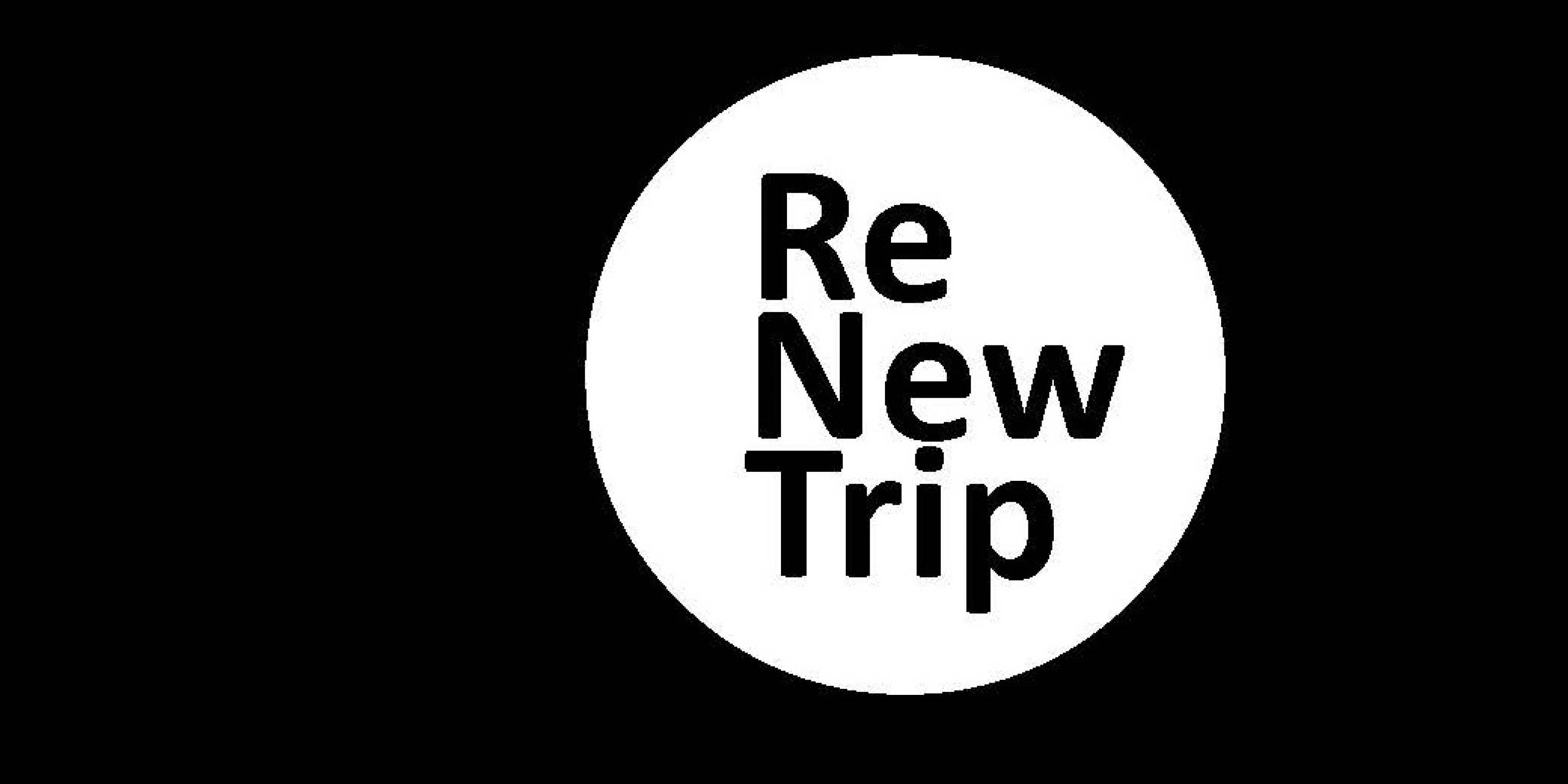
ReNewTrip - Exkursionen rund um den Holzbau
- Dozent/in: Clara Horn
- Dozent/in: Florian Mähl
- Dozent/in: Tatjana Vautz
- Dozent/in: Helmut Zeitter


- Dozent/in: Patrik Palmu
- Dozent/in: Tatjana Vautz
- Dozent/in: Andreas Zahn
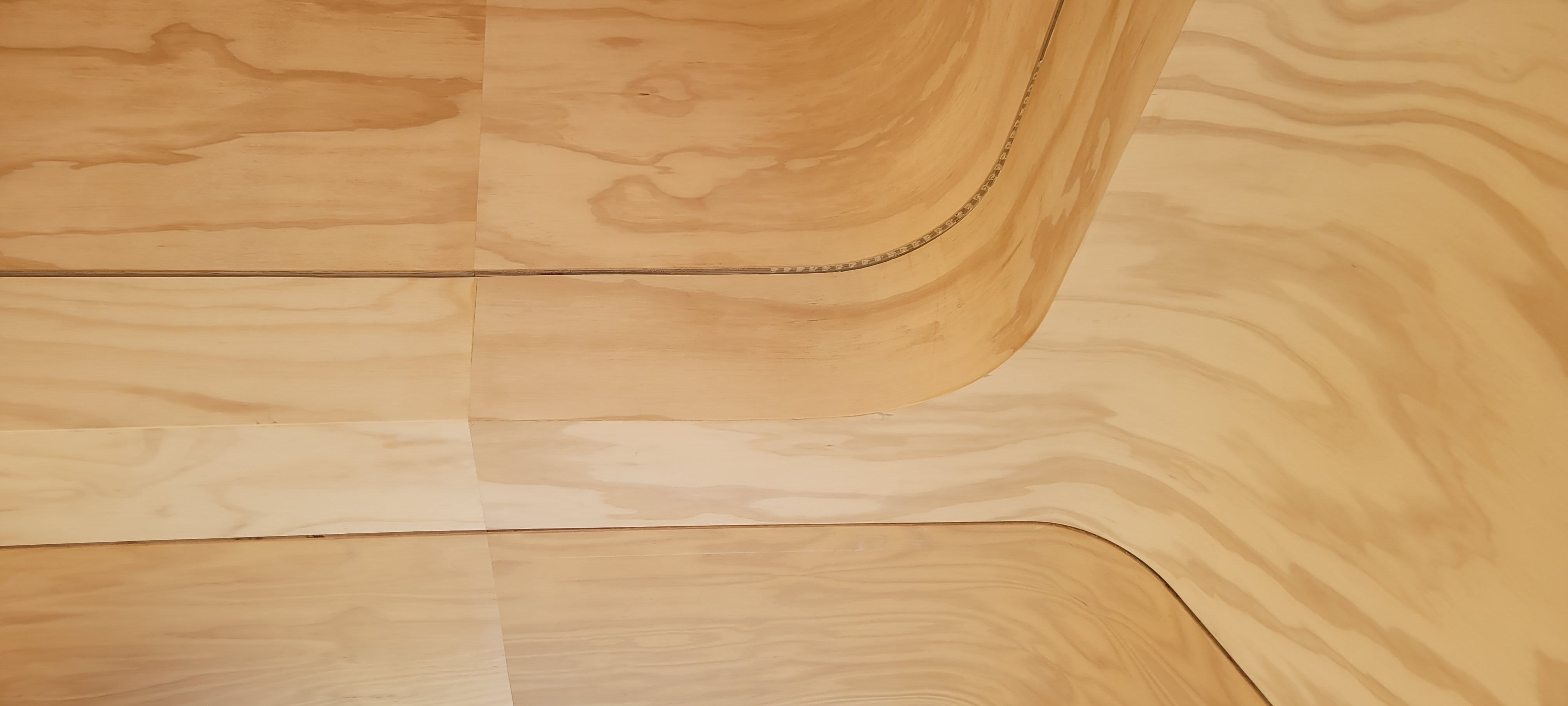
- Dozent/in: Tatjana Vautz
- Dozent/in: Helmut Zeitter
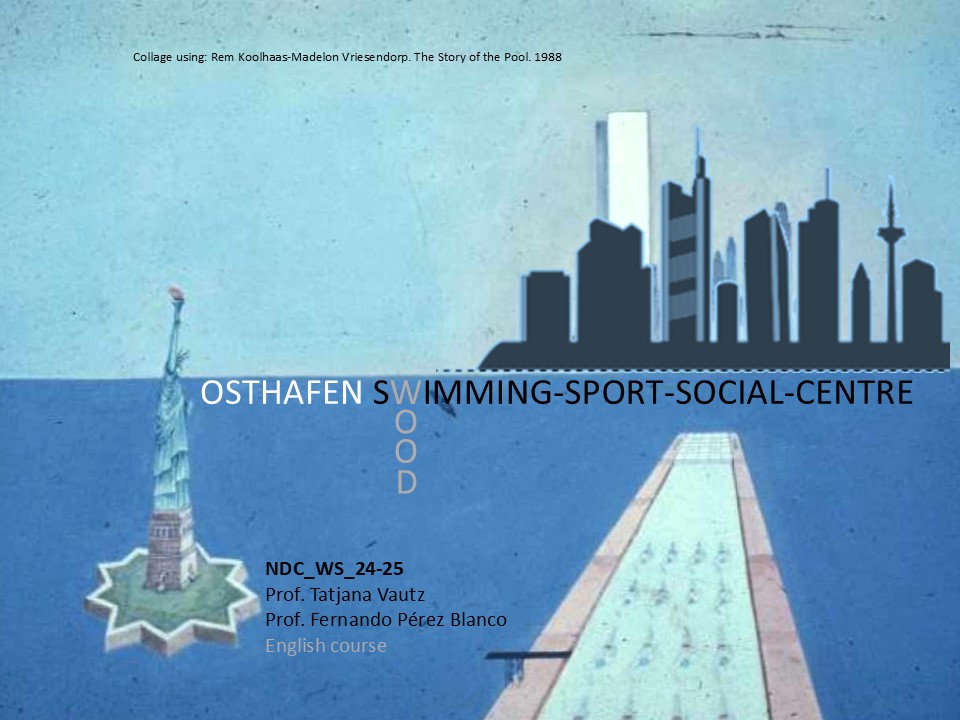
What?
This semester's NDC course has a double objective:
On the one hand, the design of a social and sports facility linked to a former natural swimming pool and swimming club located at the eastern end of the northern sector of the port of Frankfurt.
On the other hand, and at the same time, to work on the basis of material and constructive strategies that respond to criteria of simplicity and sustainability.
To this end, we will develop the design of a social and sports complex to be built mainly in wood.
During the course we will address the definitions of the functional programme, the insertion in the site, the definition of spaces, mass and volumes, as well as their materiality, structure and construction system in detail.
Where?
The project will be located on a vacant site in the Osthafen area of the City of Frankfurt. An area in conversion and under development where port buildings as well as residential, office and other tertiary activities can be found.
The plot has a rectangular shape of approximately 100m in length and 35m in width in an east-west direction. To the north it faces Lindlaystrasse, which gives it access from the city, and to the south it faces the Schwedler Lake, a sort of natural swimming pool, where The Erste Frankfurter Schwimmclub, the oldest and best-known swimming club in Frankfurt am Main, was housed and is still located.
When?
The design course takes place on Friday afternoons from 14:15 to 19:15
The design course starts on 25.10.2024
- Dozent/in: Fernando Pérez Blanco
- Dozent/in: Tatjana Vautz

In this course we aim to learn from three distant and specific contexts. Three different contexts that have similarities, but also obvious singularities.
We will focus on projects built in Argentina, Brazil and Uruguay between 1930 and 1970, and we will analyse their design and construction in relation to the contexts in which they are located.
All of them are examples that we visited last year with Master's students and which are characterised by their material honesty, pragmatism and contextualisation.
What were the geographical, climatic, economic, technological and cultural conditions like at the site of each work? Who were the authors, how did they work, what were their concerns?
Specifically:
For each project we will study its material strategy, its construction system, and we will make drawings of details and models about them.
We will also make an exhibition of plans, photos and models together with the Master's students who travelled and visited the buildings last spring.
- Dozent/in: Fernando Pérez Blanco
- Dozent/in: Tatjana Vautz
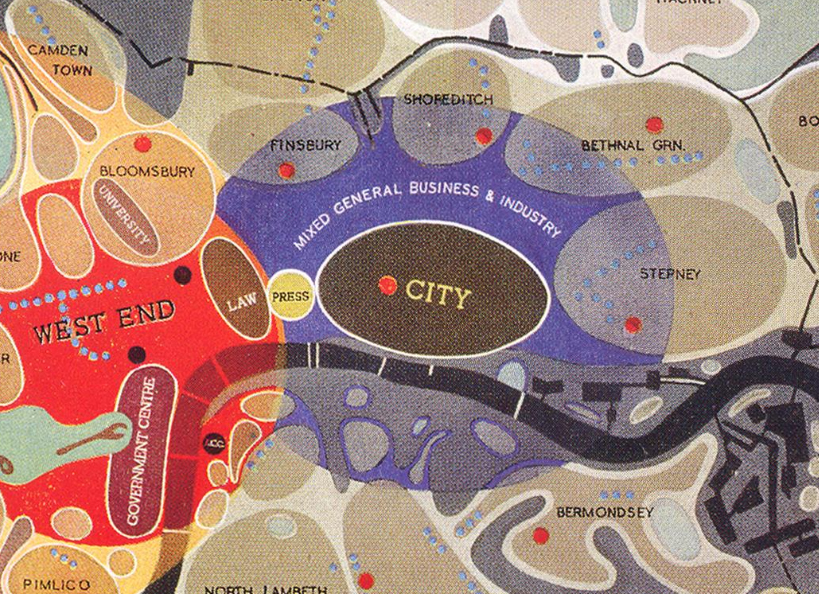
- Dozent/in: Caroline Madeleine Löw
- Dozent/in: Lukas Vejnik
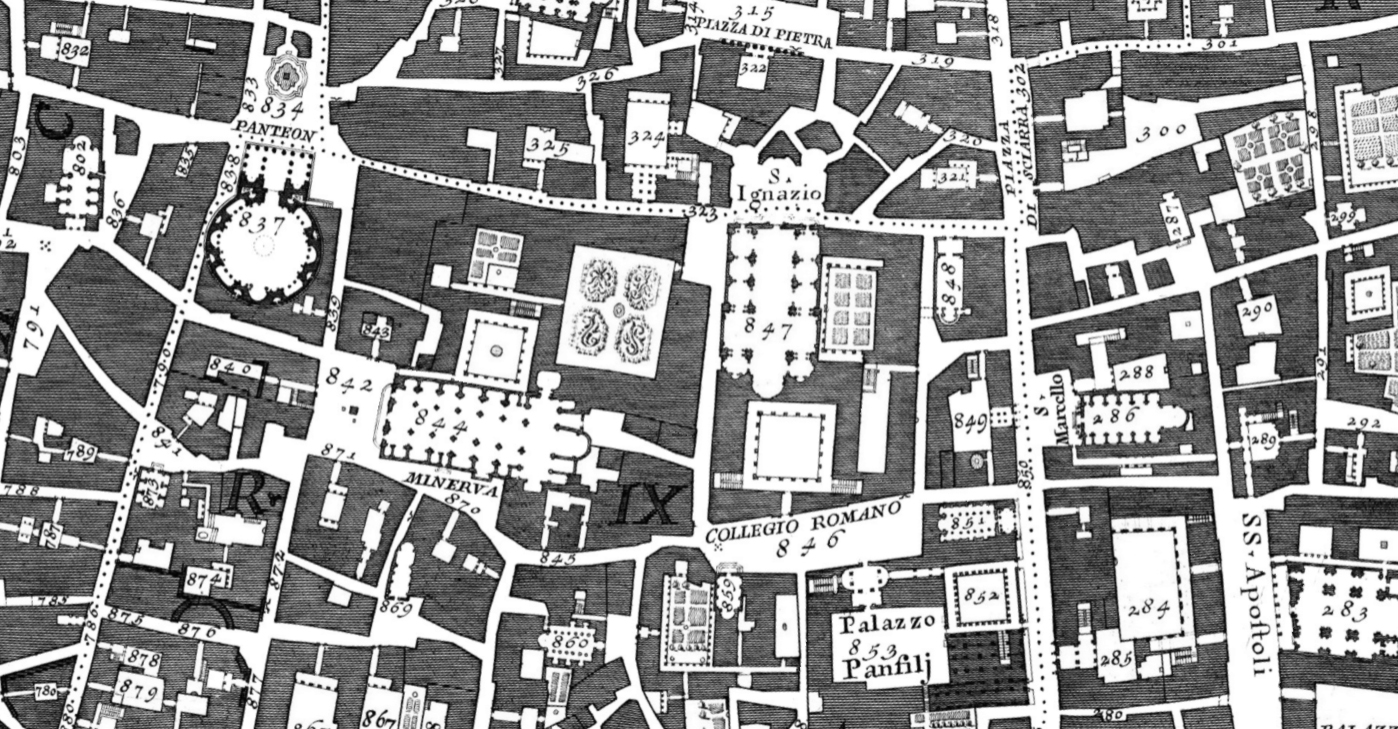
Inhalte
/ Leitbilder des Städtebaus
/ Standardwerke der städtebaulichen Literatur
/ Repertoirebildung / Kenntnis wichtiger Quartiere
/ Grundlagen der Stadttheorie
Lernergebnisse und Kompetenzen
/ Wissen und Verstehen:
Überblick zu städtebaulichen Leitbildern.
/ Einsatz, Anwendung und Erzeugung von Wissen:
Sie sind in der Lage, eine Einordnung städtebaulicher Leitbilder in die jeweils zeittypischen sozialen, wirtschaftlichen, politischen, ökologischen und kulturellen Gegebenheiten vorzunehmen.
/ Kommunikation und Kooperation:
Einblicke in die Standardwerke der Städtebau-Literatur.
Sie sind in der Lage, Städte, Stadtteile und Quartiere theoriegeleitet einzuordnen und über deren städtebauliche Ausprägung und ihre Rahmenbedingungen zu kommunizieren.
/ Wissenschaftliches Selbstverständnis und Professionalität:
Sie sind in der Lage, auf Grundlage der bekannten Literatur selbstständig weitere Literatur zu recherchieren und diese in den städtebaulichen Kontext einzuordnen.
Portfolioprüfung
a) Hausarbeit 1 (Bearbeitungszeit 2 Wochen), Gewichtung 20%
b) Hausarbeit 2 (Bearbeitungszeit 2 Wochen), Gewichtung 20%
c) Hausarbeit 3 (Bearbeitungszeit 2 Wochen), Gewichtung 20%
d) mündliche Prüfung (10 bis 20 Minuten), Gewichtung 40%
Die Prüfung gilt als bestanden, wenn mindestens 50% der möglichen Punktzahl erreicht wurden.
Literatur
Benevolo, Leonardo (1983): Die Geschichte der Stadt. Frankfurt am Main;
Lindner, Rolf (2004): Walks on the Wild side: Eine Geschichte der Stadtforschung, Frankfurt am Main;
Eckardt, Frank (2014): Stadtforschung: Gegenstand und Methoden, Wiesbaden
Weiterführende Literatur wird in der jeweiligen Lehrveranstaltung bekanntgegeben.
Termine
Dienstag
14:15-17:30
BCN-433 oder ONLINE
1
24.10.2023
2
31.10.2023
3
7.11.2023
4
14.11.2023 (Treffpunkt U Bahn
Station Heddernheimer Landstraße)
5
21.11.2023 (ONLINE)
6
28.11.2023
7
5.12.2023
8
12.12.2023
9
19.12.2023 (ONLINE)
10
9.1.2024
11
16.1.2024
12
23.1.2024
13
30.1.2024 (ONLINE)
6.2.2024
- Dozent/in: Maren Harnack
- Dozent/in: Caroline Madeleine Löw
- Dozent/in: Lukas Vejnik
- Dozent/in: Elena Velez Ruiz
- Dozent/in: Karin Hohensee
- Dozent/in: Cinzia Marongiu
- Dozent/in: Elena Velez Ruiz
- Dozent/in: Elena Velez Ruiz
- Dozent/in: Elena Velez Ruiz
- Dozent/in: Elena Velez Ruiz